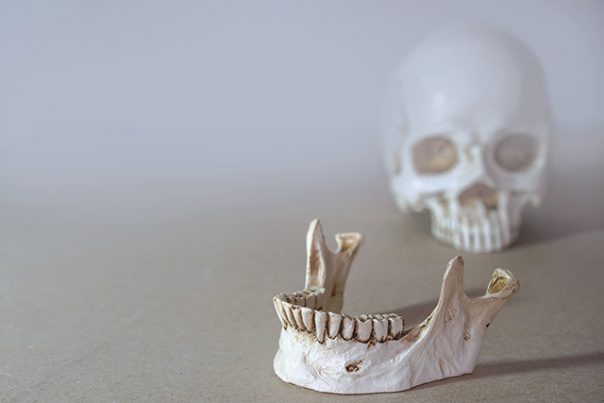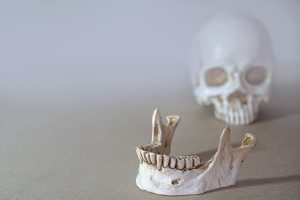
Temporomandibular joint disorders – causes, side effects and treatments at NaturalPedia.com
Monday, July 02, 2018 by Ralph Flores
http://www.naturalpedia.com/temporomandibular-joint-disorders-causes-side-effects-and-treatments-at-naturalpedia-com.html

Disorders of the temporomandibular joint (TMJ) are those that affect the joint that connects the jawbone to the skull. This can usually result in pain, as well as impairment of the muscles that control joint movement. Determining the cause of a TMJ disorder can be difficult to determine, as this can either be caused by a combination of genetics, arthritis, and previous jaw injury. Pain caused by a TMJ disorder is temporary and can be addressed through treatments.

Known risk factors and symptoms of temporomandibular joint disorders
For the most part, the cause of a TMJ disorder is idiopathic and can occur without a cause. Some experts, however, identify previous trauma to the jaw as a possible risk factor for TMJ disorders. In addition, the possibility of certain hormones is considered, as the condition usually affects more women than men.
People with a TMJ disorder will normally experience:
- A creeping pain that spreads through the face, jaw, and neck
- Stiff jaw muscles
- Impaired jaw movement, as well as locking of the jaw
- Painful clicks or “popping” in the jaw
- Changes in how both the upper and lower jaw fit together
Body systems affected by temporomandibular joint disorders
Complications of TMJ disorders may result in chronic facial pain and headaches.
Food items or nutrients that may prevent temporomandibular joint disorders
According to health website Livestrong.com, adding offals and red meat in a diet may prevent symptoms of TMJ disorders. In addition, a soup made from bones and tendons contains hyaluronic acid that boosts joint health. Magnesium, a nutrient found in many green vegetables, also improve symptoms of TMJ disorders.
On the other hand, food items that contain salicylates aggravate symptoms of TMJ disorders. These are found in jams, jellies, and juice, and even in hot peppers, olives, radishes, tomatoes, endive, chicory, and water chestnuts. Other food items that make TMJ worse include wheat and dairy, as well as those that have sugar, yeast, or preservatives.
Treatments, management options for temporomandibular joint disorders
For the most part, TMJ disorders can be reduced with minimal changes in lifestyle. These include:
- Avoiding hard foods and chewing gum
- Learning relaxation techniques to relieve muscle tension
- Maintaining good posture, especially if work is sedentary
- Using proper safety measures to reduce the risk of fractures and dislocations
Where to learn more
- Migraines and fibromyalgia: the TMJ connection
- Create a Beautiful Smile, Resolve TMJ Issues with a Holistic Dentist
- Tailored Acupuncture May Reduce Pain Intensity for Chronic Pain Sufferers (Fibromyalgia)
- Therapeutic Massages: Steps to Getting Insurance to Pay for Yours
- Health.news
Summary
Temporomandibular joint (TMJ) disorders are those result in pain and impair muscles that control joint movement.
TMJ disorders are difficult to determine and can occur without a cause.
TMJ disorders include stiff jaw muscles and pain in the jaw, face, and neck.
TMJ disorders may lead to chronic facial pain and headaches.
TMJ disorders can be reduced with minimal changes in lifestyle. These include avoiding hard foods and chewing gum, learning relaxation techniques to relieve muscle tension, maintaining good posture, and using proper safety measures to reduce the risk of fractures and dislocations.
Sources include:
Tagged Under: Tags: temporomandibular joint disorders





